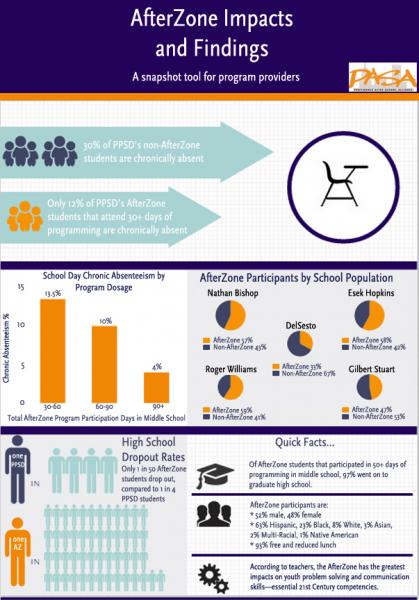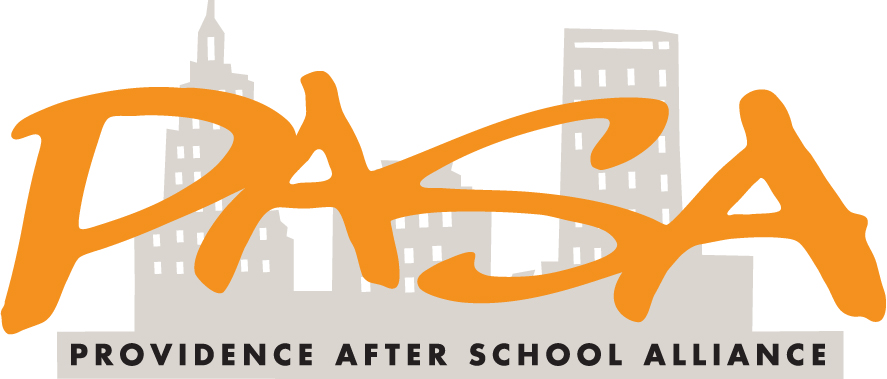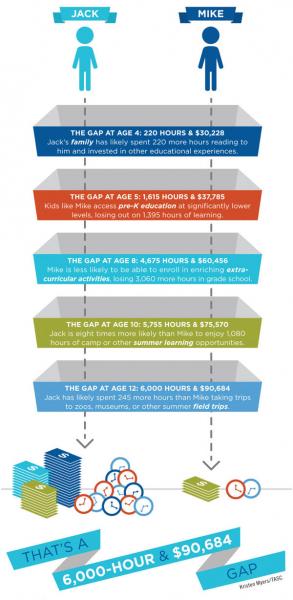
1. The AfterZone has been shown to have significant impacts on students that have regular and sustained participation (30+ days over at least 2 years) during middle school.
We’ve created this easy-to-read tool for our AfterZone program providers so you can check out some of the great data points you’ve all contributed to. Use it for your funding, reporting, and communications needs!
2. What happens when teams from 57 cities building afterschool systems gather to discuss two key system responsibilities – improving afterschool programs and using data for informed decision-making? Lots of rich discussion.
This report from the Wallace Foundation covers a national afterschool conference held in February 2013. It details what mayors, program providers, system leaders, researchers and others had to say on matters ranging from how to measure afterschool performance to how to boost program quality.
3. Over the last 40 years, as economists have tracked growing inequality between what families in the top and bottom income brackets spend on their kids’ learning overall, so, too, has the gap in learning time grown.
This illustration from The After-School Corporation shows how that gap grows in terms of children’s experiences, as well as the money and time spent on their education.



